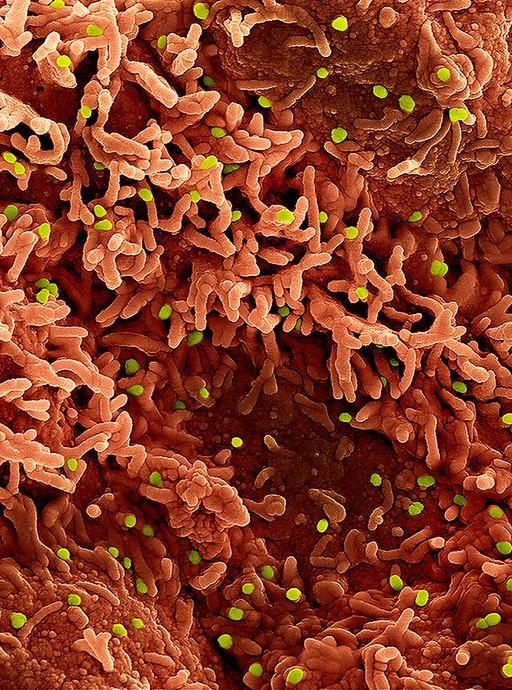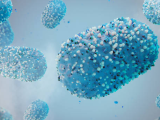Yesterday, in an updated report on global monkeypox trends, the World Health Organization (WHO) noted that cases rose 18.7% last week, with Europe and the Americas reporting the bulk of cases over the past month.
In the last week of July, the United States saw the largest spike in cases, the WHO said.
All told, 83 countries have reported 23,351 laboratory-confirmed cases. Together 10 countries account for 89% of the world's cases, including the United States (5,175 cases), Spain (4,298), Germany (2,677), the United Kingdom (2,546), France (1,955), Brazil (1,369), the Netherlands (879), Canada (803), Portugal (633), and Italy (479).
Only 15 counties have reported no new cases in the past 21 days, with 20 countries reporting an increase in cases in the same period. In the past week, five countries reported their first case: the Philippines, Montenegro, Uruguay, Liberia, and Sudan. Since the report was published, both Lithuania and Cyprus also reported their first cases.
Predominance of MSM patients
Of all case-patients with available data, 98.8% are men, and the median age is 37. Men 18 to 44 years old represent 76.7% of cases in the global outbreak.
Among cases with known data on sexual orientation, 97.5% identified as men who have sex with men (MSM), and 1% identified as bisexual. Thirty-seven percent of cases with known HIV status were HIV-positive.
Sexual contact is the likely transmission event for 91.5% of patients, and 339 cases were reported in healthcare workers. Most health workers, however, were infected in the community and not through workplace exposure.
"The most common symptom is any rash and is reported in 83% of cases with at least one reported symptom," the WHO said.
Pediatric case in Long Beach, California
In US developments, a pediatric resident of Long Beach, California, has a presumptive case of monkeypox, officials said.
"This is a reminder that everyone, regardless of age or sexual orientation, can get monkeypox if they come into contact with the virus. Monkeypox can spread through close or prolonged skin-to-skin or face-to-face contact, including between household members," the city said in a press release.
"This can include hugging, kissing, cuddling, holding and feeding. It can also spread through contaminated materials, such as cups, bedding, clothing, towels, and utensils. "
Yesterday the Centers for Disease Control and Prevention reported 515 more cases, raising the national total to 6,326.
Differing clinical scenario
An epidemiological report yesterday on 185 cases in Spain suggests that initial symptoms in many patients are primarily localized homogeneous (similar-looking) papules, not pustules, in the probable area of inoculation, which could be cutaneous or mucous, including single lesions.
A papule is a small raised area on the skin, and a cluster of them constitutes a rash. Pustules are red bumps with a yellowish or white center and are often pus-filled. The authors note that pustules have been the more common presenting sign in previous monkeypox outbreaks.
Following the development of the papules, all 185 patients experienced systemic symptoms, such as fever or malaise. The authors of the report said the early development of papules suggests contact transmission, most often via sexual contact.


















